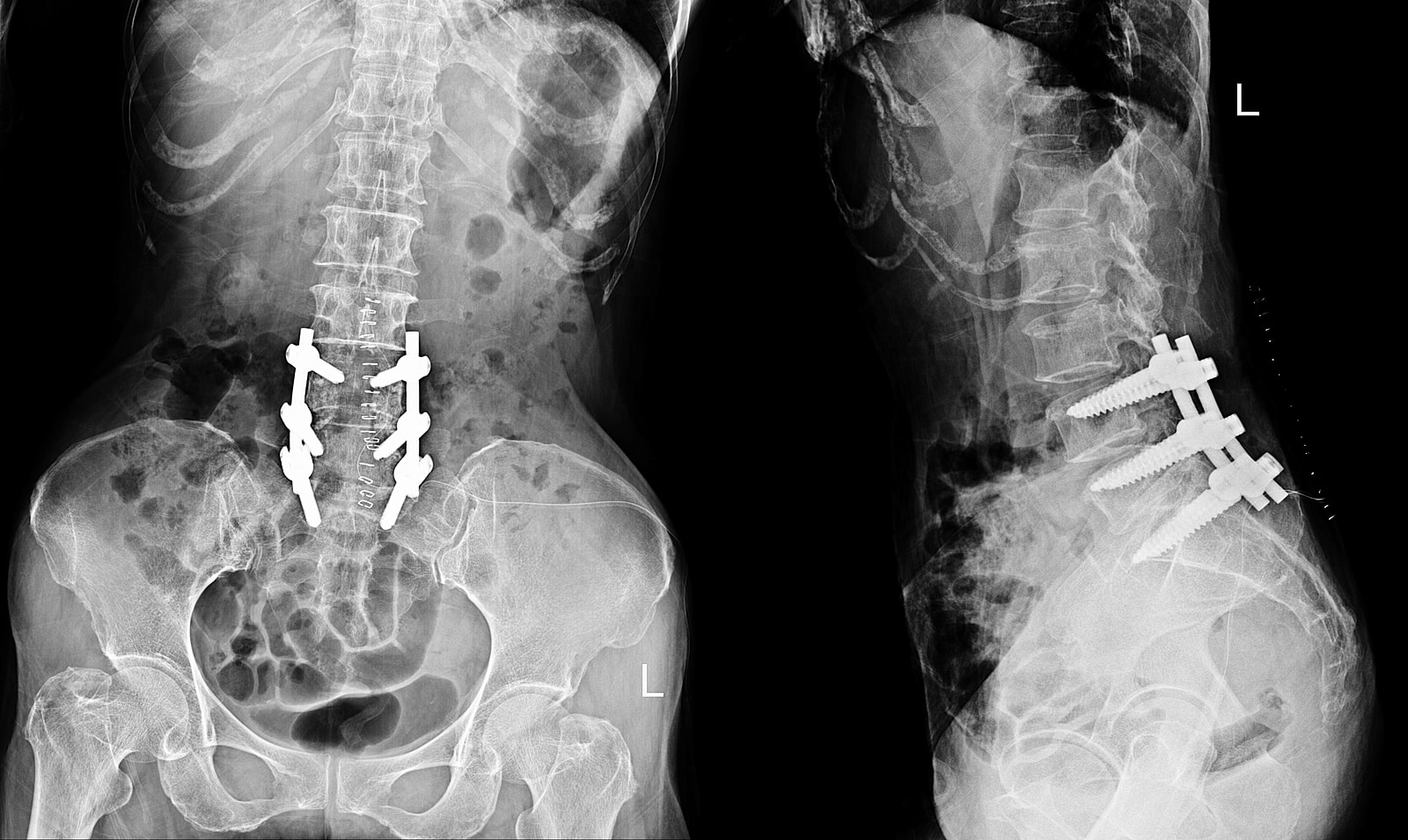
Back pain and spinal issues can severely impact one's quality of life, often requiring medical intervention. Among the various treatments available, spinal fusion is a reliable solution for many severe spinal conditions. Understanding what it means to fuse vertebrae and the intricacies of the spinal fusion process is important for patients considering this procedure.
Spinal fusion is a surgical procedure that permanently joins two or more vertebrae in the spine. This process eliminates motion between the fused vertebrae, which can help reduce pain and stabilize the spine.
To fuse vertebrae means to surgically connect two or more bones in the spine, creating a single continuous bone. This procedure involves placing bone grafts between the affected vertebrae, which, over time, grow together and form a solid bone. The primary purpose of spinal fusion is to stabilize the spine, reduce pain, and prevent further deterioration of the affected spinal segment.
Several spinal conditions may necessitate spinal fusion to relieve symptoms and improve spinal stability:
There are two primary techniques for spinal fusion:
Spinal fusion is a complex procedure that involves several critical steps, from preoperative preparation to surgery and postoperative care.
Before undergoing spinal fusion, patients undergo a thorough medical evaluation, including imaging tests like X-rays, MRI, or CT scans, to determine the extent of the spinal issue. Patients are also advised on how to prepare for surgery, which may include fasting, adjusting medications, and other preparatory steps.

The spinal fusion procedure involves several key steps:
Successful recovery from spinal fusion involves careful postoperative care and rehabilitation.
Immediately after surgery, patients receive pain management to control discomfort. Activity restrictions are crucial to prevent strain on the healing spine. Patients are required to avoid heavy lifting, bending, and twisting during the initial recovery phase.
Physical therapy plays a vital role in recovery. It helps restore strength and flexibility to the spine and surrounding muscles. A typical rehabilitation timeline includes:
Spinal fusion offers significant benefits but also comes with potential risks.
Selecting a qualified spine surgeon is critical to the success of spinal fusion. Look for a surgeon who is board-certified and has specialized training in spinal surgery. Experience with spinal fusion procedures and a proven track record of successful outcomes are essential factors to consider.

If you're considering spinal fusion for back pain relief, trust The Institute for Comprehensive Spine Care to provide exceptional care. With a team led by Dr. Gbolahan Okubadejo, MD, FAAOS, a highly-skilled, board-certified, and experienced spine surgeon, they offer personalized treatment plans tailored to your specific needs. The Institute utilizes the latest technology and minimally invasive techniques to ensure the best possible outcomes with faster recovery times.
At The Institute for Comprehensive Spine Care, patient-centered care is a top priority. Their comprehensive approach and multidisciplinary team ensure that you receive the most effective and efficient treatment for your spinal condition. Don't let back pain control your life. Schedule a consultation with The Institute for Comprehensive Spine Care today and take the first step towards a pain-free future.
To fuse vertebrae means to surgically connect two or more bones in the spine, creating a single continuous bone. This procedure involves placing bone grafts between the affected vertebrae, which grow together over time, forming a solid bone. The primary purpose of spinal fusion is to stabilize the spine, reduce pain, and prevent further deterioration of the affected spinal segment.
Several spinal conditions may necessitate spinal fusion to relieve symptoms and improve spinal stability, including degenerative disc disease, spondylolisthesis, spinal stenosis, scoliosis, and severe fractures or injuries.
Minimally invasive spinal fusion offers numerous advantages over traditional fusion surgery, including smaller incisions, reduced muscle damage, less postoperative pain, shorter hospital stays, quicker recovery times, and a lower risk of complications.
Recovery after spinal fusion involves careful postoperative care and rehabilitation. Patients can expect pain management, activity restrictions, and a gradual return to normal activities. Physical therapy is crucial in restoring strength and flexibility to the spine and surrounding muscles, with a typical rehabilitation timeline including early, intermediate, and long-term recovery phases.
When choosing a spine surgeon for spinal fusion, consider their qualifications, board certification, specialized training, and experience with spinal fusion procedures. It's also important to ask key questions during your consultation, such as the benefits and risks of the procedure, the surgeon's experience, and the expected recovery time. A multidisciplinary approach that includes input from various specialists can also enhance surgical outcomes.
August 22, 2024
Dr. Gbolahan Okubadejo, MD, FAAOS is one of New Jersey's top spine surgeons and the head of The Institute for Comprehensive Spine Care. Dr. Okubadejo has been in practice for over 15 years. He received his undergraduate degree from Brown University in Providence, Rhode Island, and went on to receive a medical degree from the prestigious Johns Hopkins University School of Medicine in Baltimore, Maryland. He completed his internship and orthopedic surgery residency at Barnes-Jewish Hospital at the Washington University School of Medicine in St. Louis, and completed a spine surgery fellowship at the University of Pittsburgh Medical Center in Pittsburgh. Dr. Okubadejo completed his fellowship in 2008.